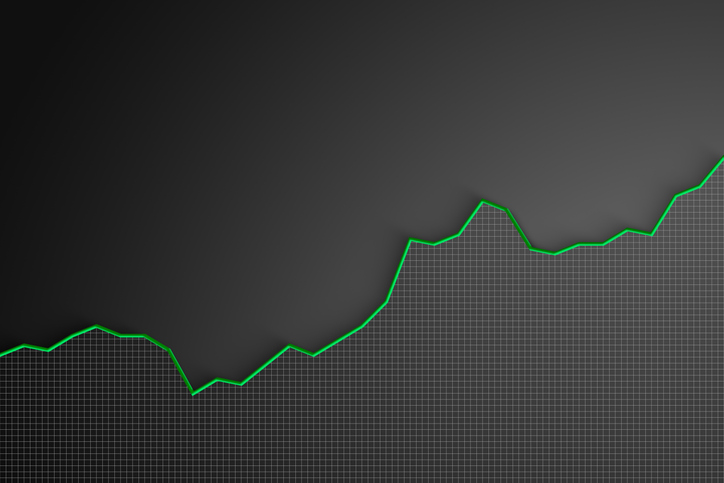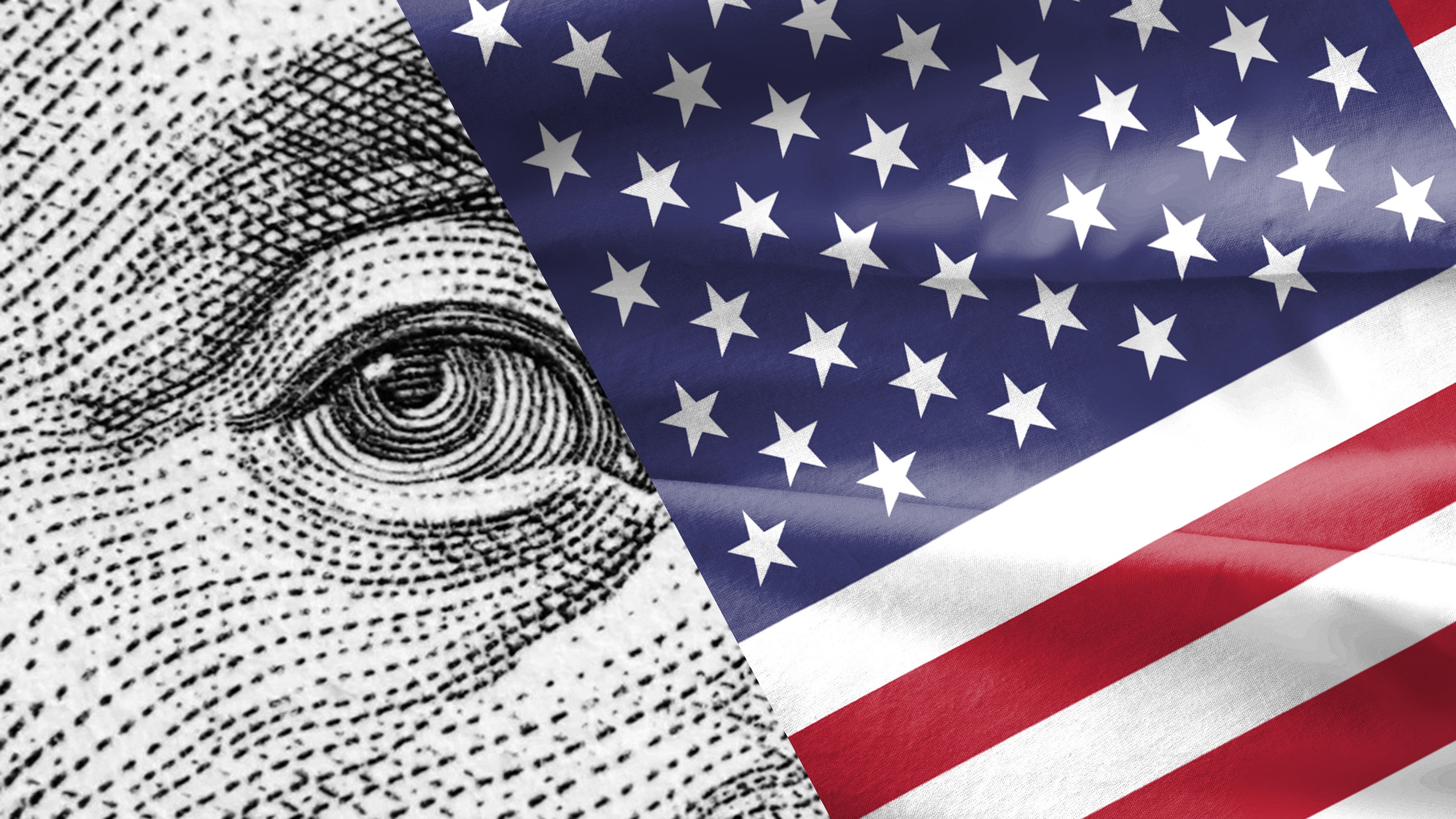Consumers Face Higher Food Prices
Rising farm costs prompt a price upswing in the grocery aisles

Figure on paying more for meat, dairy products, cereal and your morning cup of joe next year as higher crop prices filter through to food at the wholesale and retail levels. But increasing competition between Walmart and other big box stores and traditional supermarkets will help to keep retail prices from jumping off the charts.
On farms, some field crop prices are soaring. Corn and soybeans -- which tend to pull other grain and oilseed prices with them -- have climbed to about $5.50 and $12.50 a bushel, respectively, and hard milling wheat to more than $8 a bushel. Such prices figure directly into the costs of food products as well as indirectly by increasing the costs of livestock feed needed to produce meat and dairy products.
The bad news for consumers is that the U.S. Department of Agriculture’s price indexes -- which track inflation by measuring price changes -- were way up in October compared with the same period a year ago for crops as well as for livestock and other animal products. They rose 17% and 22%, respectively.

Sign up for Kiplinger’s Free E-Newsletters
Profit and prosper with the best of expert advice on investing, taxes, retirement, personal finance and more - straight to your e-mail.
Profit and prosper with the best of expert advice - straight to your e-mail.
Ephraim Leibtag, a retail food market economist for USDA, says the recent surge in farm commodity prices gives food processors and sellers reason to raise prices. “They have some cover to do that,” he says.
Overall next year, Leibtag sees food prices climbing around 3%, on average, over 2010. Though that would be double this year’s projected increase of near 1.5%, it’s actually just a bit above the average annual increase of 2.5% in recent decades.
Some prices will rise more steeply than others. Look for hikes of more than 3% next year for pork, beef and eggs -- and perhaps 5% for dairy products -- stemming mostly from sharp reductions in herds and flocks in past months, which will make supplies tighter in 2011.
But a few increases will be short-lived, creating the likelihood that prices for some foodstuffs will moderate as next year moves along.
Sugar beet processors, for example, are selling sugar for an extraordinary 50¢-60¢ a pound, double the usual price. However, big industry users locked in prices for a lot of their 2011 needs months ago at much lower levels, says a trader for the processors, and they may not buy much more until prices recede.
Butter is another example. While milk prices -- at $16-$17/cwt. -- are in the mid-range of recent years, butter has shot to around $2.20/lb., a near-record and up nearly $1 from a year ago.
Roger Hoskin, dairy economist for USDA, says the price spike is the result of an imbalance in which products dairies decide to make. The high butter prices are already enticing plants to ramp up butter production, so prices will recede, he says.
And keep in mind that U.S. farm commodity prices -- the farmer’s share -- represent just 22% of grocery prices overall. Other factors such as the cost of labor, energy, shipping and marketing are often more critical to food prices than the cost of food production itself.
For example, the cost of the sugar in candy and ice cream products is only about 2%-5% of the retail price.
Get Kiplinger Today newsletter — free
Profit and prosper with the best of Kiplinger's advice on investing, taxes, retirement, personal finance and much more. Delivered daily. Enter your email in the box and click Sign Me Up.

-
 Stock Market Today: Stocks Soar on China Trade Talk Hopes
Stock Market Today: Stocks Soar on China Trade Talk HopesTreasury Secretary Bessent said current U.S.-China trade relations are unsustainable and signaled hopes for negotiations.
By Karee Venema
-
 2026 Disney Dining Plan Returns: Free Dining for Kids & Resort Benefits
2026 Disney Dining Plan Returns: Free Dining for Kids & Resort BenefitsPlan your 2026 Walt Disney World vacation now. Learn about the returning Disney Dining Plan, how kids aged three to nine eat free, and the exclusive benefits of staying at a Disney Resort hotel.
By Carla Ayers
-
 The Economic Impact of the US-China Trade War
The Economic Impact of the US-China Trade WarThe Letter The US-China trade war will impact US consumers and business. The decoupling process could be messy.
By David Payne
-
 AI Heads to Washington
AI Heads to WashingtonThe Kiplinger Letter There’s big opportunity for AI tools that analyze MRIs and other medical images. But also big challenges that clinicians and companies will have to overcome.
By John Miley
-
 The AI Doctor Coming to Read Your Test Results
The AI Doctor Coming to Read Your Test ResultsThe Kiplinger Letter There’s big opportunity for AI tools that analyze CAT scans, MRIs and other medical images. But there are also big challenges that human clinicians and tech companies will have to overcome.
By John Miley
-
 The New Space Age Takes Off
The New Space Age Takes OffThe Kiplinger Letter From fast broadband to SOS texting, space has never been more embedded in peoples’ lives. The future is even more exciting for rockets, satellites and emerging space tech.
By John Miley
-
 Rising AI Demand Stokes Undersea Investments
Rising AI Demand Stokes Undersea InvestmentsThe Kiplinger Letter As demand soars for AI, there’s a need to transport huge amounts of data across oceans. Tech giants have big plans for new submarine cables, including the longest ever.
By John Miley
-
 What DOGE is Doing Now
What DOGE is Doing NowThe Kiplinger Letter As Musk's DOGE pursues its ambitious agenda, uncertainty and legal challenges are mounting — causing frustration for Trump.
By Matthew Housiaux
-
 A Move Away From Free Trade
A Move Away From Free TradeThe Letter President Trump says long-term gain will be worth short-term pain, but the pain could be significant this year.
By David Payne
-
 The Explosion of New AI Tools
The Explosion of New AI ToolsThe Kiplinger Letter Workers and consumers soon won’t be able to escape generative AI. Does that mean societal disruption and productivity gains are right around the corner?
By John Miley